
Introduction
There are deep divisions in Moroccan society, particularly along ethnic and cultural lines. The most important of these is the distinction between Arab- and Berber-speakers. This partly corresponds with the divide between urban and rural societies. Many young people are out of work or are labouring below their level of education.
Human Development Index
In 2010, Morocco’s Human Development Index (calculated by the UN Development Programme) was 0.567, below the average of 0.588 for Arab states. Over the past thirty years, it has risen by an average of 1.59 percent annually from 0.351 in 1980. Even so, Morocco’s HDI is lower than might be expected, ranking 130 out of 187, below Vietnam (128) but above Iraq (132).
Morocco scores poorly on some poverty indicators—such as the Human Poverty Index (0.139) and the adult literacy rate (56.4)—but much better than some countries on other indicators (2.8 percent of the population without electricity, compared with 7.1 percent for Syria). There has been an improvement in many factors over the past thirty years: life expectancy, for instance, increased from 57.7 years in 1980 to 72.2 in 2011.
Morocco’s score is low in international terms (0.693) on the gender-related development index (GDI), ranking it at 104, immediately below Syria and immediately above Zimbabwe. It is marginally below the average GDI for the Arab states in 2010 (0.699).
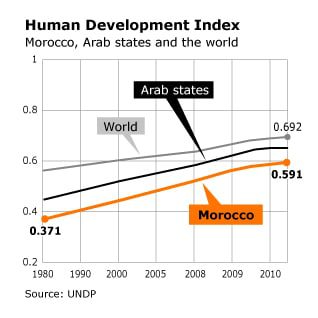
Clans and Communities
Rural Morocco has historically been a tribal society, both in its settled regions and in the semi-nomadic desert areas. Constitutionally, Morocco is an Islamic country whose head of state, the King, is also Commander of the Faithful (amir al-muminin), guarantor of its Islamic identity, a role that members of his family have claimed since the 17th century. Both the present King, Mohammed VI, and his father, Hassan II, have emphasized this source of legitimacy but have also insisted on curbing Islamism and emphasizing both closeness to Morocco’s Western allies (particularly in Europe) and the special role of the Jewish religious minority.
Despite the emphasis on religious and social tolerance, there are deep divisions in Moroccan society, particularly along ethnic and cultural lines. The most important of these is the distinction between Arab- and Berber-speakers. Both groups are historically tribal and Muslims of the Maliki legal tradition. The distinction is essentially linguistic and cultural. After independence in 1956, Berber-speakers found themselves discriminated against, partly because Arab-speaking nationalists resented the way the French authorities had favoured the Berbers over the Arabs and established a separate legal structure for them. Since the liberalization of the late 1990s and particularly under King Mohammed VI, greater latitude has been allowed for the use of Berber language and cultural expression.
The historically important Jewish community is much reduced in numbers, and most Jews have left, mainly to Israel but also to North America and Europe. The rural Jewish communities have vanished almost entirely. Jews are not persecuted by the state, and individual Jews have occupied important political and administrative positions.
Family Structure
Historically, Moroccan society was centred on a patriarchal extended family, including the nuclear family of parents and siblings, as well as relatives by kinship and marriage. This was a concomitant of the tribal structure of rural society. In recent years, urbanization, economic factors, and migration have disrupted these patterns, although they retain the strength of normative values.
The average household size in Morocco is falling, although households in urban areas tend to be smaller (4.8 in 2012; average 4.6 in 2000-2006) than in rural areas (5.6 in 2012; average 6.4 in 2000-2006; data Ministry of Economy and Finance).Between the late 1970s and the early 1990s, the total fertility rate (TFR) in Morocco declined by 44 percent, a rapid decrease compared, for example, with Egypt. One reason was that the median length of time between births increased, as the wish among Moroccan women for large families decreased: the size of the ideal family in a survey of Moroccan women declined from 5 children to 3.7.
This became a realizable desire because of the growing availability of contraception, which increased from 19.4 percent of women aged 15-49 in 1980 to 41.5 percent in 1992 to 63 percent in 2004 (World Bank World Development Indicators). Another factor was the increase in the mean age of marriage between 1971 and 2004, from 19.1 years to 26.4 years for women and from 25 years to 31.2 years for men (UN World Marriage Data 2008). This change was influenced by gains in female education and by the economic difficulties of saving enough money to marry.
Many Moroccan households are headed by women, the result of high levels of male migration. In 2004, the World Bank reported that 17 percent of households were headed by women.
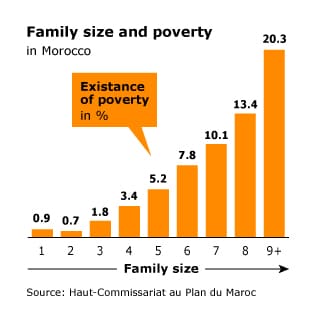

This is a situation of long standing: in the mid-1990s, 16 percent of households were headed by women, and 10 percent of the population lived in such households. This was a strong indicator of poverty: women head of households tended to be less well educated: 20 percent had no education, only 6 percent had secondary or higher education, and 90 percent of them were the only adult in a family of children. 23 percent lived in households with no running drinking water, no toilet facilities, and no electricity. This may change, as more women are migrating.
Women
Article 19 of the Constitution of 2011 states that men and women have equal civil, political, economic, social, cultural, and environmental rights and that the state will undertake to achieve equality between the sexes and prevent all forms of discrimination. This new Constitution goes much further and is more explicit than the 1996 Constitution that it replaced, which said only that all Moroccan citizens were equal before the law (Article 5) and that men and women enjoyed equal political rights (Article 7). Other constitutional guarantees (e.g., freedom of movement, opinion, expression, and association) were not spelled out in gender terms.
These constitutional provisions guaranteeing the rights of women are a continuation of the provisions of the Mudawana (family-law code), after radical changes were made in 2004 to the original text published in 1957. The Mudawana covers personal-status law (e.g., marriage, divorce, inheritance, child custody, and guardianship), and the revised code was debated and amended in Parliament before it was unanimously approved, rather than simply being enacted by royal decree, as the original 1957 version had been. The revision raised the minimum age of marriage for women from 15 to 18; established divorce by mutual consent; placed tight controls on polygamy and repudiation; gave both husband and wife joint responsibility for the family; and ended a wife’s duty to obey her husband. These changes were hailed by Moroccan human-rights activists because they seemed to expand women’s rights. They were strongly opposed by Islamic conservatives, who saw them as an attack on Islamic precepts, although the code continued to be based on Islamic law (Global Rights).
Moroccan women, whether married or not, face no legal restrictions on travel either outside or inside the country. Similarly, there are no legal restrictions on women pursuing any trade or profession, registering a business, or signing a contract that differ from those imposed on men. However, inheritance rights are not equal between the sexes (International Finance Corporation). Both men and women have rights to paternity and maternity leave, though the period for women is much longer – for both paid leave (98 days) and unpaid leave (90 days) – than it is for men (3 days). The law guarantees that women can return to the same job after maternity leave and forbids employers to dismiss women on the grounds of pregnancy. There are laws mandating equal pay for equal work and forbidding sexual harassment. Retirement is at the same age (60) for men and women. The evidence of women in court is given the same weight as that of men.
Female representation in Parliament
The first Constitution approved by referendum in 1962 gave women the right to vote and to run for elective office. When Morocco ratified the 1979 Convention on the Elimination of All Forms of Discrimination against Women (CEDAW), it registered reservations about the articles on personal status. It was not until 1993 that the first two women were elected to Parliament, and it was not until the elections of 2002 that a significant number of women (35) became members of the Chamber of Representatives, which happened because 30 seats were set aside for women in the national-list voting system. Women won only five seats in the general election in the local-list voting system. Women did poorly in local government elections the following year (127 women out of 22,944 local council members), but in the local and municipal elections in 2009 a quota of 12 percent was set for women, and 3,406 women were elected (out of 20,458 candidates). In the 2011 legislative elections, the number of seats reserved for women was raised to 60 out of 395. In all recent elections, women candidates from the Islamist Justice and Development Party (PJD) did better than those from other parties.
Women have been members of the government as (junior) ministers since 1998. In the government formed after the 2012 elections, only one full minister was a woman, Bassima Hakkaoui, the Minister of Solidarity, Women, the Family, and Social Development; she was a deputy from the PJD (in the preceding government, seven women participated).
Citizenship and international law
According to the Nationality Law (as revised in 2007), a Moroccan woman, married or unmarried can pass her citizenship to her children in the same way as a man can, but she cannot obtain citizenship for a non-Moroccan husband, although a man can do so for a non-Moroccan wife.
Sexual integrity and ‘crimes of honour’
In 2011, a Moroccan government study reported that about 25 percent of Moroccan women have been sexually assaulted at least once. Although rape is punishable by five to ten years’ imprisonment (10 to 20 years’, if the victim is a minor), under the Moroccan Penal Code Article 475, a girl under eighteen who is raped may agree to marry the rapist, in which case the crime cannot be prosecuted unless the marriage is dissolved. This left a loophole in the provisions of the Mudawana code that allowed a sixteen-year-old victim to be forced by a court to marry her attacker in March 2012. She later committed suicide, leading to public protests and a petition signed by half a million people.
Education and work force
In 2010, Moroccan women made up 27 percent of the formal workforce. There are large differences between economic sectors, with women’s labour concentrated in agriculture, which provided 58 percent of female employment (just under 35 percent for men). Industry employed 24 percent of men and 15 percent of women, and services accounted for 42 percent of men and 25 percent of women (2008 figures). In 2006, working women were generally better educated than their male counterparts, as better education tends to be a prerequisite for women entering the labour force: women with tertiary education represented nearly 11 percent of the female workforce, while the figure for men was just under 8 percent. The education workforce is particularly skewed: in 2004, the last year for which comparative figures are available, women made up 45 percent of teachers at the primary level, 33 percent at the secondary level, and 23 percent at the tertiary level. In 2011, women made up 51 percent of primary-school teachers.
These imbalances reflect overall levels of educational access. Total enrolment at the primary level in 2011 was similar for boys and girls (97 percent and 96 percent, respectively), but there was a larger gap in primary completion rates (83 percent for boys and 77 percent for girls in 2009). At the tertiary level, the gap had narrowed again – 14 percent versus 12 percent – an indication that middle-class families attached a similar value to tertiary education for girls as for boys.
In general, the educational position of women is improving. The literacy rates for females aged 15-24 was 72 percent in 2009 (87 percent for males), but in 1982 the equivalent figures were 31 percent and 58 percent.
Another way in which women are participating in the economy is through emigration. At every educational level, more women are emigrating to Europe for work, although emigration was once a largely male practice.
Youth
In early 1991, there were demonstrations in nearly every Moroccan city, protesting economic conditions (salaries, social security, and retirement benefits), which were of concern to the trade unions, and the participation of the Moroccan army in the Gulf War alongside the Americans, which angered Islamists and some leftists. In Salé, the twin city of Rabat, 300 people occupied a public building and organized a hunger strike. A survey of the protesters showed that only a third were over thirty and more than half were women, but more than a third had degrees, and another third held the baccalaureate certificate needed to enter university. Education did not guarantee employment: in 1990, 9.6 percent of the unemployed had tertiary education, and things have since got worse: the figure in 2005 was 22 percent.
Youth unemployment is a problem across the board. The proportion of Moroccans aged 14 or younger is falling (from 47.5 percent in 1970 to 39.7 percent in 1990 to 28 percent in 2010), and the overall unemployment rate seems to be doing the same (23 percent in 1995, 10 percent in 2009). Yet youth unemployment (ages 15-24) is much higher that general unemployment: 22 percent in 2009 (young women were slightly better off than young men, 19.4 percent against 22.8 percent).
The figures necessarily omit the many migrants who leave Morocco to work in Europe, both legally and illegally (see Workforce and labour migration). These are predominantly male (though the number of females is increasing) and single, with an average age of 27. The figures are not, however, skewed by military conscription: military service, which begins at age 20, is voluntary in Morocco (Index Mundi).
Clearly, though, all official figures must be treated with caution, particularly with regard to the relatively low rate of child labour. In 2004 (the last years for which figures are available) 4.5 percent of children aged between 7 and 14 were recorded as being economically active, mainly in agriculture, a clue that the child-labour figures might be unreliably low because of the difficulty of measuring rural employment.
Education
There is a considerable gender difference. A 2009 estimate shows that 68.9 percent of the male population and 43.9 percent of the female population over 15 is literate, but the level of girls’ education is rising. The number of young women (aged 15 to 24 years) who have basic literacy rose from 70 percent (1997-2001 average) to 72 percent (2002-2006 average). For young men the figures were 86 percent and 87 percent, respectively (World Bank data). Education in Morocco is compulsory from 6 to 15 years of age, but many children, particularly in rural areas and particularly girls, do not attend school.
The Moroccan education system consists of four levels:
Pre-school (4-6 years);
Primary (6-12 years), divided into the first and second cycles (lasting two and four years, respectively). Attendance rates have climbed from 45 percent in 1999 to 55 percent in 2011 (57 percent and 64 percent, respectively, for boys and 32 percent and 45 percent for girls).
Secondary, divided into École collégiale (3 years), leading to a certificate of college education (brevet d’enseignement collégial (BEC) and Secondaire qualifiant (three years), leading in some cases to a baccalauréat d’enseignement général (BEG), which gives access to higher education. In 2003, the rate of enrolment in secondary education was 35 percent (37 percent for boys and 27 percent for girls. Fewer than 60 percent of pupils complete this phase.
Higher education: In 2008-2009 there were 320 institutions of higher education (142 public and 178 private), teaching a total of 339,044 students, of whom 9 percent were in the private sector. Of these, women made up 47 percent of students and 39 percent of graduates. The institutions employed 12,346 lecturers and include fifteen (free) public universities, offering classes in French and Arabic. In these universities there is a six-semester bachelor’s degree, followed by a four-semester master’s cycle and a doctoral cycle of three years. The fee-paying English-speaking al-Akhawayn University, in Ifrane, has a special status, with a system of four-year bachelor courses plus master’s degrees. Other tertiary institutions include écoles d’ingénieur, institutes of vocational training, and higher technology colleges (écoles supérieures de technologie). Side by side with this system administered by the Ministry of National Education are the autonomous grandes écoles, designed to train future executives; these schools are the responsibility of the relevant ministries.
The most prestigious university in the public sector is Mohammed V University in Rabat, founded in 1957 and inaugurated in 1959. In 2008, there were 12,950 students at bachelor’s-degree or technology-diploma level, 775 at masters level, and 3,886 registered in doctoral programmes. The university employed 989 full-time staff and 332 temporary staff. Al-Karaouine University in Fes was founded in CE 859 as a teaching centre in the most important mosque in the city and claims to be the oldest university in the world. It has been a state university since 1963.
Health
Morocco’s health-care system has improved considerably in recent years, and it ranks above average for Arab countries, although indicators are still on the low side. Life expectancy at birth has risen from 47 in 1961 to 72 in 2010 (females 74, males 70; comparable figures for 1961, females 48, and males 45; see Worldbank for data). The mortality rate at birth is 28 per 1000, and the mortality rate for children under 5 is 32.8 per 1,000 (as compared to 34.4 per 1,000 for all Middle Eastern and North African countries and 63.4 per 1000 for all lower-middle-income countries; the rate in 1960 was 215.3).
The improvement in health is due partly to large-scale vaccinations and other preventive measures. The Ministry of Social Affairs is in charge of vaccinations, medicine, and maternity care. Contraceptive prevalence is 64 percent of all women aged 15-49 (2004 figures), and 68 percent of pregnant women receive prenatal care.

The fertility rate is 3.5 per female, and 63 percent of births are attended by skilled health staff (2004 figures). The Ministry of Education administers a preventive medicine and dentistry programme for school children; 99 percent of children aged 12 to 23 months receive the DPT vaccination. Another factor is the general improvement in infrastructure: most Moroccans have access to clean drinking water, 98 percent of the urban population has access to an improved water source (although only 61 percent of the rural population have similar access), and most people have enough to eat (five percent of the population was undernourished in 2008). There has been a campaign against smoking, which is prohibited in public buildings and on public transport; 33 percent of males smoke, fewer than in many comparable countries (e.g., Jordan 47 percent, Egypt 40, Tunisia 58). The most frequent causes of death are circulatory problems (24 percent in 2009). The most serious infectious disease in 2010 were tuberculosis, with an incidence of more than 27,000 cases (83 per 100,00 inhabitants), and leishmaniasis (spread by the bite of a sandfly), with nearly 9,000 cases (28 per 100,000 inhabitants). In the same year 460 cases of AIDS (1.4 per 100,000 inhabitants) were reported.
Health expenditures total 5.1 percent of GDP (2010 figures), of which 37.9 percent is public health expenditure. Private health expenditure totals 3.2 percent, which is high, compared with the average for Arab states (1.7 percent, Tunisia 2.8, Jordan 2.6). The number of doctors and paramedics in the public sector has fluctuated considerably over the past few years, with a steep fall between 2005 and 2007 and a steep rise after 2009. In 2010 there was one bed for every 1,178 inhabitants and one doctor for every 1,630 people. Specialists made up 42 percent of physicians, but they were unequally distributed, by both specialization and region: in 2010, there were 492 gynaecologists in all of Morocco but only 155 neuropsychiatrists, of whom 90 were in the Rabat-Casablanca region, 16 in the large region centred on Marrakesh, and none at all in the Saharan provinces.
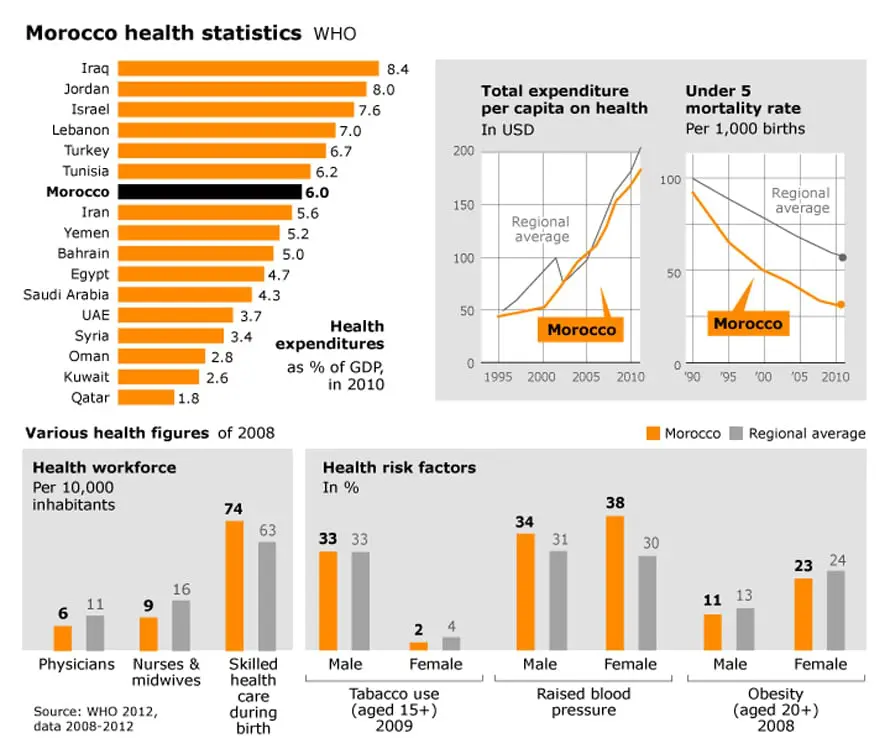
Crime
Violent crime in Morocco is generally low. The homicide rate of 0.4 per 100,000 people is considerably less than in Syria (3.0 per 100,000), Libya (2.2), and Iran, New Zealand or Australia (1.3 and 1.2, respectively). Assault rates are higher but not extreme. On the other hand, the robbery rate (74 per 100,00 people) is appreciably high, prompting the frequent warnings issued by foreign governments to their citizens travelling to Morocco that crime against individuals is most common in the big cities. Drugs are a significant criminal activity in Morocco, particularly due to the cultivation and export of cannabis in northern Morocco. In the late 1990s, this was estimated to be Morocco’s largest source of hard currency, more than tourism and agriculture. Most of the cannabis is exported to Algeria and Tunisia.
The drug trade is only one aspect of an extensive system of corruption, which appears to be endemic, systemic, and institutionalized. It is apparent at every level of society. Attempts have been made to control the drug trade in recent years, particularly 2007, but legislation has not been properly enforced.
Accidental death rates as the result of traffic accidents are extremely high. In 2009, 4,042 people were killed and 12,479 seriously injured on Moroccan roads.
Latest Articles
Below are the latest articles by acclaimed journalists and academics concerning the topic ‘Society’ and ‘Morocco’. These articles are posted in this country file or elsewhere on our website:


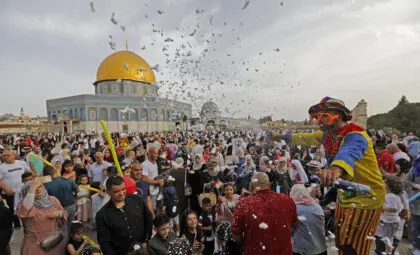
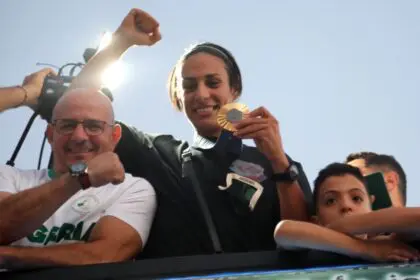
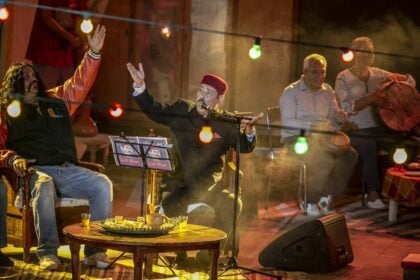
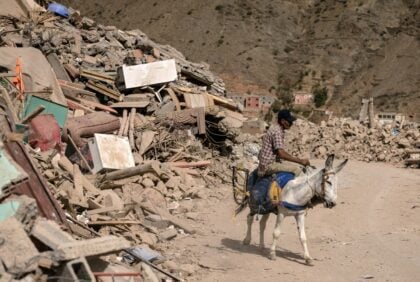
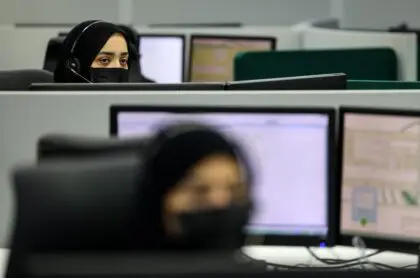

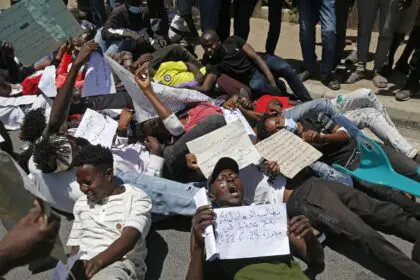

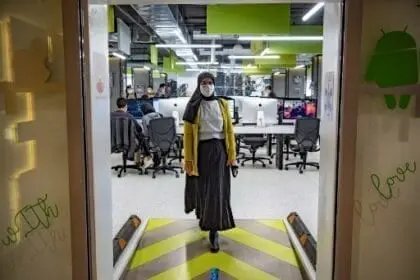
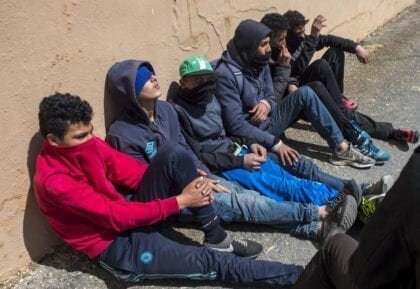





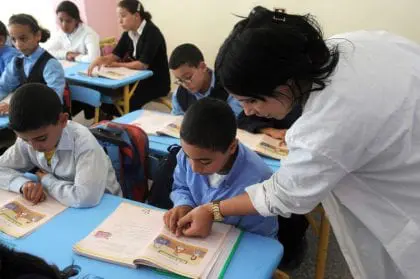

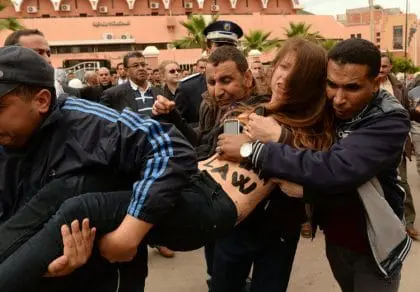


Social Protection
Despite many advances over the past decade, the Moroccan government has managed only to reduce, not eliminate, poverty. The various programmes do not cover large parts of the country, often reach the wrong people, and are generally poorly targeted and uncoordinated. Food and fuel subsidies that apply to everyone are very expensive and benefit the well off more than the poor. Social protection is fragmented. The state runs four separate national social-security schemes, mutual societies run another eight, and there is a private scheme and a voluntary one run by employers. The CNSS (Caisse nationale de Sécurité sociale) is the most important scheme in the private sector, and its equivalent, the CNOPS (Caisse nationale des Organismes de Prévoyance sociale), is the most important in the public sector. Smaller schemes exist for local and state employees, former resistance fighters, and invalid pensioners.
Because of this fragmentation, there is unequal protection of workers, even in the informal sector, and labour mobility between sectors is restricted. The large informal sector and rural areas are hardly covered at all. Taken together, all the funds provide pensions for only about two million people, 26 percent of the economically active population. In 2009 only 39.8 percent of the population above the statutory retirement age benefited from an old-age pension, and only 31 percent of the economically active population contributed to a pension scheme. To deal with this, a medical assistance programme for poor people has been set up, and a contributory scheme for all employees, professionals, and workers in the informal economy earning more than 500 dirhams (USD 60) per month is being phased in over a five-year period, beginning in 2006. This second scheme will provide health insurance for another 3 million people, to cover the costs of illness, accident, maternity, and rehabilitation.